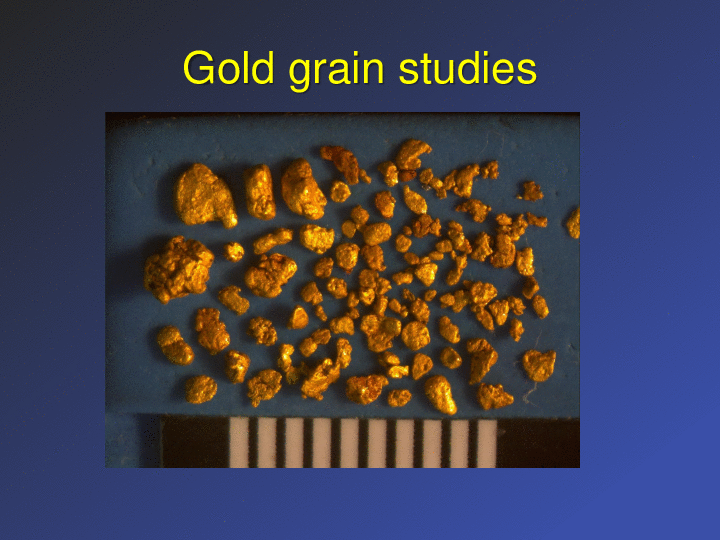New scientific reports open for public now:
We present the reports of our scientific work from last year. The title is: "Placer gold occurrences along the tributaries that flow from both sides of the watershed divide which hosts the Top of the World Highway and eventual correlations among their sources", by Sandro Frizzi, geologist and prospector of Dawson City. Thanks a lot to the well-known British researcher professor Robert Chapman of Leeds University, UK.
Introduction:
During the summer of 2019, our placer-exploration team dedicated an extensive prospecting and testing campaign to those creeks that flow from both sides of the watershed divide between Sixty Mile, Forty Mile and Swede Creek orographic basins.
The divide consists in a long sequence of ridges composed by an assemblage of different rocks packed in bands with a NE-SW general trend. Those rocks are metasedimentary, metavulcanic and volcanic, with different types of intrusions.
The hillcrest of the divide hosts the world-famous Top of the World Highway: 106 kilometers of unpaved road with a course parallel to the Tintina Trench, the great fault located few kilometers north. This highway runs from Dawson City through the Alaskan borders and then carry on for 20 more kilometers, to Jack Wade.
The purpose of our research is to understand the reasons and possibly the dynamics of the placer gold occurrences exposed along the majority of the tributaries of Sixty Mile River, Forty Mile River and also along some part of Swede Creek..
All these creeks have in common the location of their headwaters which are springing from both sides (south- and north-facing) of the Top of the World, the directions of their valleys (≈ N-S), and the fact that they all are carrying placer gold in different concentrations.
Our intention is also to find out if the watershed divide itself is somehow directly related with the presence of the gold found in the area.
Between June and September of 2019 we jumped all over these huge mining districts to collect gold samples, concentrates and rocks to analyze for a better understanding of the geochemistry of these areas.
Gold samples have also been sent to a well-known British researcher specialized in tracking down the original (primary) depositional environments of the placer gold through the analysis of the micro-inclusions trapped in each specimen: professor Robert Chapman of Leeds University, UK (several of his publications could be found at: virtua.gov.yk.ca:8080
The analysis of professor Chapman could help to determine ounce forever the genesis of the gold in these areas.
Thanks to the many test-pits dug during this past summer along the different goldfields of this western part of the Yukon (see map on page 10) we discovered promising concentration of gold in areas that haven‟t been previously considered. These finds are of great importance for our placer exploration enterprise and will help us to develop future targets for the booming placer industry of the Yukon.
Important note: this report is not intended to be an academic treatise and some of our basic field-observations regarding the former glacial activities occurred along these areas together with some geological interpretation about the origins of these placer gold deposits are still open to further insights. The main purpose of our work has always been to provide practical and useful information to the placer miners interested in searching for new ground.
Sandro Frizzi


